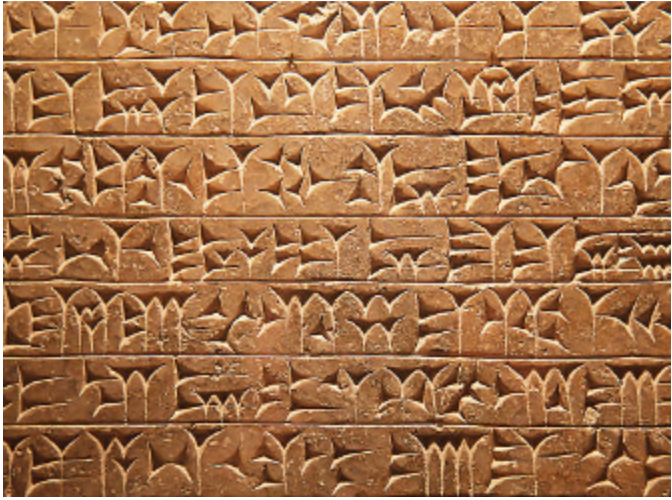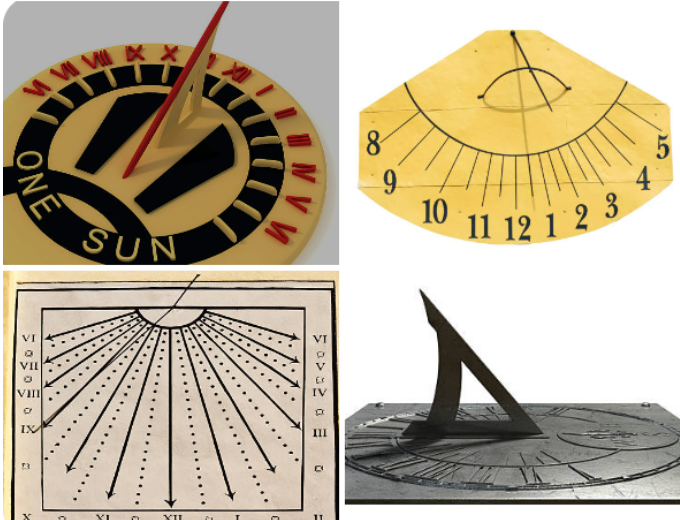Math, Time, and 60: A Fascinating Connection

Have you ever wondered why math is the way it is? Why is an hour divided into 60 parts while a centimetre is divided into 10 millimetres and not 60 parts? If we start counting from 1, why was 0 invented? We always have taken these concepts for granted without ever doubting them. However, each of these mathematical concepts has its own story, which makes it ever so interesting to learn them. Here at AskMathGuru, we not only explain various mathematical concepts but also try to go a step further and explain the history behind them. Learning the history of various concepts not only makes a good story but also makes us interested in learning more about them. So, let’s learn about the origin of one such concept, the sexagesimal system, commonly known as the “base 60” system.
The sexagesimal system is a numerical system in which a unit is divided into 60 equal parts. The first thing that comes to mind when we think of this is time. Yes, an hour is divided into 60 equal minutes; similarly, a

minute is divided into 60 seconds. Another unit in which we can see the use of the sexagesimal system is in the measurement of angles. Each angle is divided into 60 equal minutes. So from when did this system start to be used, and what was the reason to choose 60 as the base number? Let us find answers to these questions and explore a bit more about math.
The sexagesimal system is said to have originated during the 3rd millennium BC by the Sumerians, who later passed it down to the Babylonians. The most common use of it was for mathematical fractions and tables because of the easy divisibility of the number 60. It is widely known that Sumerians were the first ones to invent shadow clocks to measure time. And this sexagesimal system is the perfect fit for that, with an hour divided into 60 equal parts. Also, it is believed that the system was used by the Sumerian merchants, who used the weighing system that was divided into 60 parts, unlike the current decimal system. The Sumerian/Akkadian unit of weight was the kakkaru (talent, approximately 30 kg), which was divided into 60 manû (mina), which was further subdivided into 60 šiqlu (shekel).
The most commonly known logic for using 60 as the base number is its

divisibility. 60, being easily divisible by most numbers like 2, 3, and 5, would have been helpful for mathematical divisions and fractions. Since 60 is divisible by many numbers, it is really easy to divide 60 into many fractions, like we can divide 1 hour into small equal sections of 1 minute, 2 minutes, 3 minutes, 5 minutes, 10 minutes, 15 minutes, 20 minutes, and so on. This easy divisibility may have facilitated the use of 60 as the base number.
Finally, although there is no concrete evidence to prove that the easy divisibility is the reason for choosing the sexagesimal system, it seems to be the most probable logic. Now let's look at 2 fun theories for choosing the sexagesimal system. One is based on the number of days in a solar year. Babylonians were avid astronomers, and they might have considered the sexagesimal system as a 360-day year (close to the 365 days of a solar year) can be nicely divided into parts of 60. This might have influenced the base 60 system in angular measurements. One more interesting theory for using the base 60 system was the ease of finger counting. Ancient merchants used finger segments for counting; using one hand to point and the other hand's 12 finger bones (3 segments per finger × 4 fingers), they could easily count up to 60 (12 segments × 5 fingers).

With its use for measuring time and weights, the system was used by the ancient Sumerians, which was further passed on and developed by the Babylonians. That said, despite its use in calculations and fractions, the base 60 was complex to be used for computations, and as science and math evolved, it was gradually replaced by the base 10 system (which coincidentally is aligned with the number of human fingers as opposed to the finger segments in the base 60 system). Still, this system has left its mark in mathematical history and our lives—with reminders of its presence every time you glance at your watch or chart a course using latitudes and longitudes.


